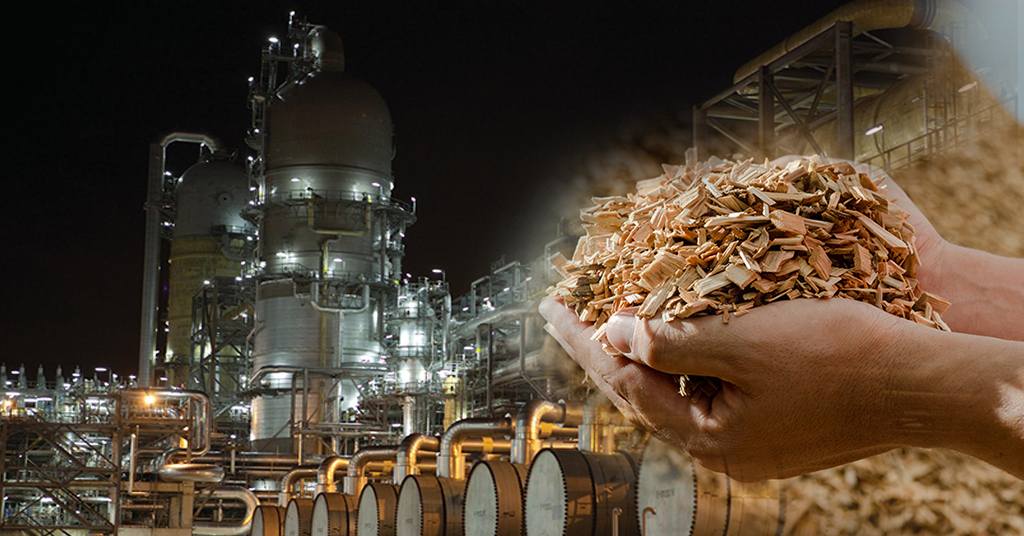Natural Gas Surges as January Forecasts Predict Substantially Colder Weather
- 27-Dec-2023 12:51 PM
- Journalist: Nina Jiang
Natural gas prices experienced a modest uptick of 0.24%, concluding at 207.5, propelled by anticipations of significantly colder weather in January 2024. This surge was driven by an increased demand for heating, coinciding with record gas flows to U.S. LNG export facilities. Notably, this price movement occurred against the backdrop of record gas output and relatively mild weather conditions, allowing utilities to draw less gas from storage. The market dynamics are unfolding amid heightened attention to the interplay between weather patterns and natural gas prices.
Despite witnessing record production levels and ample gas supplies in storage, traders remain vigilant about the potential impact of evolving weather conditions on market dynamics. The anticipation of colder weather in January has injected momentum into natural gas prices, driven by the surge in heating demand.
In December, the average gas output in the lower 48 U.S. states reached 108.6 billion cubic feet per day (bcfd), marking an increase from the preceding record of 108.3 bcfd in November. While weather projections suggest a warmer-than-normal trend through December 30, expectations point to a shift toward colder-than-normal conditions from December 31 to January 6. This temporal shift in weather conditions adds a layer of complexity to market dynamics, influencing both supply and demand factors.
Moreover, there was a decrease in U.S. pipeline exports to Mexico, with an average of 4.2 billion cubic feet per day (bcfd) in December, a drop from the 5.6 bcfd observed in November. This decrease in exports to Mexico contrasts with the simultaneous increase in gas flows to major U.S. LNG export plants, reaching an average of 14.6 bcfd in December. This figure surpassed the previous record of 14.3 bcfd recorded in November, emphasizing the evolving patterns in gas trade dynamics.
From a technical perspective, the market exhibited signs of fresh buying, witnessing a 4.26% increase in open interest that settled at 27,070. The support level for natural gas is identified at 203.4, and a breach below this level could potentially test the 199.2 levels. On the upside, resistance is anticipated at 210.3, and surpassing this level could propel prices to test the 213 mark.
As natural gas prices respond to the intricate dance between weather forecasts, heating demand, and export dynamics, the market remains dynamic and subject to shifts. The interplay of these factors underscores the importance of monitoring both short-term and long-term trends in natural gas prices, with traders keenly observing technical indicators for potential future movements. The coming weeks, marked by the transition into January and the evolving weather patterns, will likely contribute to the continued volatility and responsiveness of the natural gas market.



